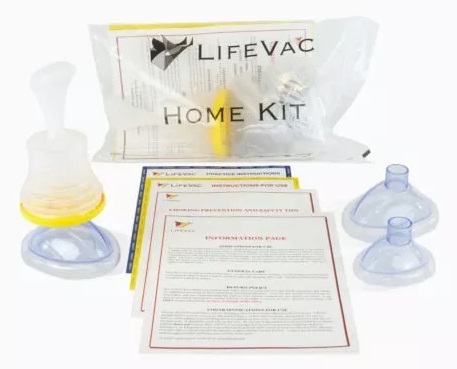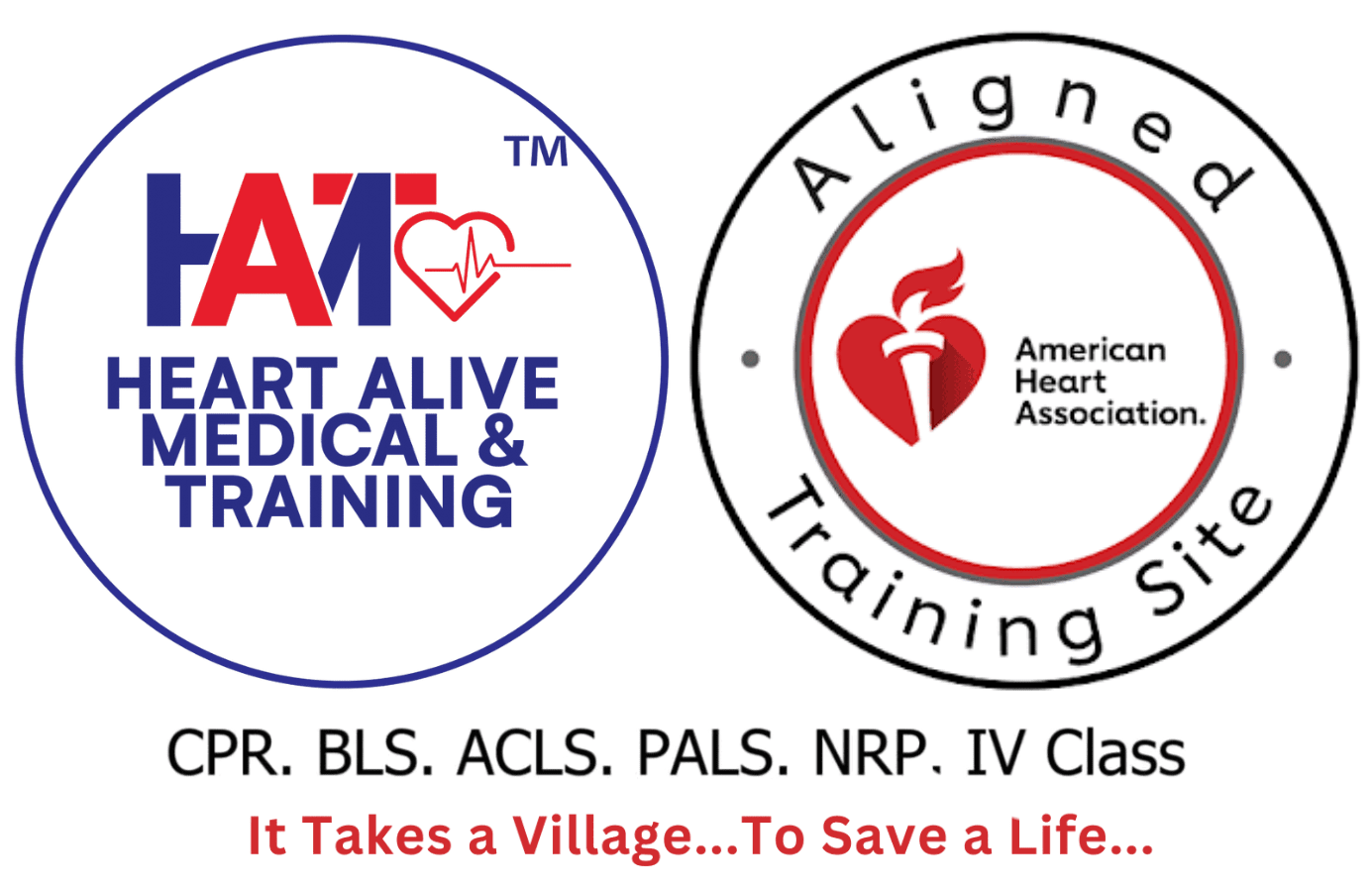
Help save lives with LifeVac
Dos and Don’ts in a Choking Emergency
By Lisa Brody MD FACG
About the Author
Dr Brody has been a practicing gastroenterologist for over 30 years and specializes in esophageal motility and swallowing disorders.
You are at a dinner party and everyone is having a great time; laughing, eating, and drinking. All of a sudden, your friend jumps up from the table with her hands clutching her throat and is turning purple and NOT MAKING A SOUND! What do you do? Many people have witnessed or been involved in a choking emergency, but how many really know what to do? This article will summarize the dos and don’ts in a choking emergency, something that is critical to know if such an event were to occur at a dinner party near you.
Choking is one of the leading causes of accidental death around the world 1. A child dies from choking every five days in the United States alone which is a sobering statistic2. The process of swallowing involves a rapid and complicated orchestration of skeletal muscles controlled by nerves and therefore multiple neurologic and musculoskeletal conditions can lead to oropharyngeal dysphagia, including stroke, Parkinsons disease, amyotrophic lateral sclerosis, multiple sclerosis, and myasthenia gravis. In addition, many other disorders such as polymyositis, extremes of age where the coordination is poorly developed, and something as simple as being distracted while eating can be a factor even in normal individuals. Unfortunately, time is of the extreme essence as brain damage will occur within 5 minutes of a complete airway obstruction and death can occur within seven minutes3. In 2015 5,051 deaths were reported due to choking4.
So, what do you do in a choking emergency?
The first step in the understanding of what to do involves prevention. With extremes of age, including children under five who are at highest risk for choking, cutting up food into small pieces, keeping children quiet with no distractions when they are having their meals, and NEVER feeding a child in a car seat are key preventive measures. Educating any caregiver as to the choking protocol as well as feeding techniques are also key including grandparents, home aides, and babysitters. However, if you find yourself in a choking emergency DO NOT PANIC! First assess whether the person is moving air or not. If they are wheezing, coughing, or sneezing, stay calm and let them clear the obstruction on their own. Call 911 immediately. If they are not moving any air however and are turning dark red, purple or blue the American Heart Association choking protocol describes beginning with five back blows and then abdominal thrusts. Abdominal thrusts relies on forcing the obstruction out of the airway by applying upward thrusts on the epigastrium5. You should get behind the victim, wrap your arms around their waist, make a fist with one hand in the middle of the victim’s abdomen between the navel and the rib cage. Then hold that fist with the other hand, grip tightly and pull upwards with force. The American Heart Association recommends five back blows alternating with five abdominal thrusts. If this is unsuccessful then CPR is suggested until help arrives 6.
Your friend did not respond to back blows and abdominal thrusts, now what? The ambulance has not arrived yet what do you do? She is now lying on the floor and unconscious. The algorithms state to use CPR but chest compressions and rescue breaths will not work if the airway is blocked. This is where the algorithm ends!! Until recently there was nothing else to help resuscitate the choking victim except cricothyroidotomy, but enter a novel device called Lifevac. LifeVac is a portable, non-invasive, simple to use device which has recently been studied to resuscitate a choking victim when standard maneuvers fail7. Luckily your dinner party host had one in their kitchen, they brought it over and it consists of a facemask that fits over the nose and mouth attached to a plunger with a one-way valve. When you push down on the plunger air is pushed out the sides and not into the victim, and when you pull back on the plunger negative pressure suctions the obstruction out of the airway. You grab it, not really being too sure how to use it, put the facemask over her nose and mouth to create a seal, push down and pull back with force, and viola!!!! The piece of steak that had caused the trouble comes flying into the mask and she starts breathing!!! This scenario has become a reality with this novel device, as the company has registered over 270 reports of saves around the world. It is being independently monitored currently and it appears to be a promising solution for a critical problem that can occur randomly anywhere food is consumed. The device was invented by a father who heard a story of a child who was brought to the emergency room dead on arrival after choking on a grape. He had a child of his own and he became extremely concerned that this could happen to anyone so he went to his garage and started experimenting with plungers as he realized that simple suction could remove an airway obstruction as the obstruction was likely not impacted such that it could not be removed with a small amount of force. Ten years later LifeVac has been receiving daily reports of the success of its use in choking emergencies, truly an incredible invention. Hopefully one day no one will die from a choking episode.
References
- National Safety Council Injury Facts, 2019 www.nsc.org
- Choking Prevention for Children New York State Department of Health www.health.ny.gov
- Singh N, Sharma G, Mishra V. Hypoxia inducible factor-1: its potential role in cerebral ischemia. Cell Mol Neurobiol. {2012} 32:491-507. Doi 10.1044/sasd17.4.143
- Council NS. Choking Prevention and Rescue Tips. Available online at: https://www.nsc.org/home-safety/safety-topics/choking-suffocation {accessed February 19, 2020}
- Heimlich HJ, Hoffman KA, Canestri FR. Food-choking and drowning deaths prevented by external subdiaphragmatic compression. Physiological basis. Ann Thorac Surg. {1975} 20:188-95. Doi: 10.1016/S0003-4975{10}63874-X.
- 2020 American Heart Association Guidelines for CPR and ECC cpr.heart.org https://www.cpr.heart.org/en/resuscitation-science/cpr-and-ecc-guidelines
- Saperstein DM, Pugliesi PR, Ulteig C, Schreiber N. Successful Use of a novel device called the Lifevac to resuscitate choking victims- worldwide results Int J Clin Skills {2018} 12:217-9.doi:10.4172/CLINICAL-SKILLS.1000136.
